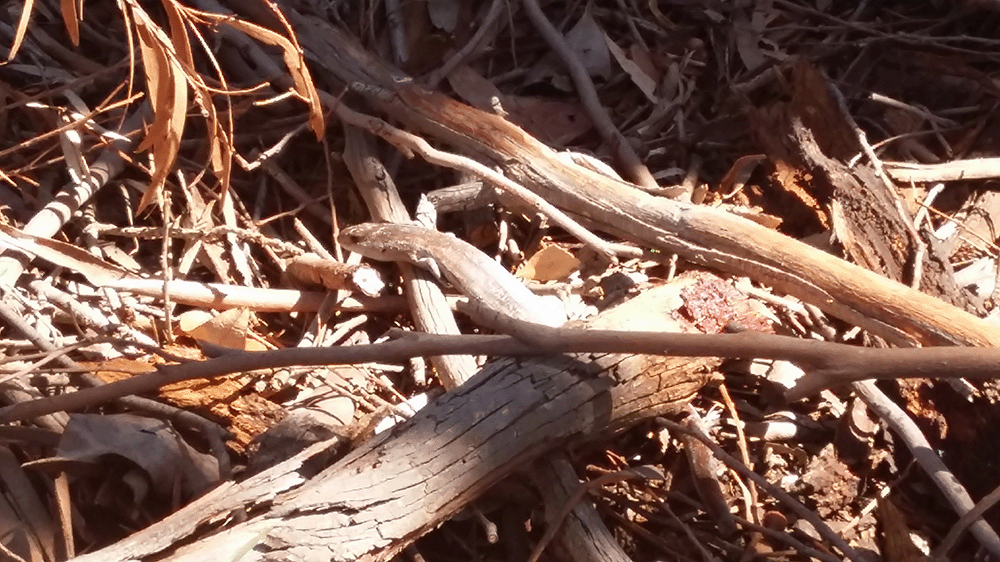Fire Danger Rating System Explained
What is the Australian Fire Danger Rating System
The Australian Fire Danger Rating System (AFDRS) provides ratings that describe the potential level of danger should a bushfire start, based on forecast weather conditions, vegetation type and fuel.
This is a national system and consistent across Australia. No matter where you are, the higher the fire danger, the more dangerous the conditions.
When there is an active fire, follow the Australian Warning System advice on TasALERT.
We strongly urge you take the time to review and understand the Australian Fire Danger Rating System below so you can react appropriately to any fire danger rating forecast.
On days of minimal risk, no rating will be issued.
Fires may start but are unlikely to spread in a fast or threatening way.
Fire Behaviour Index (FBI): 0-11
Plan and prepare
Most fires can be controlled.
- Stay up to date and be ready to act if there is a fire.
Fire Behaviour Index (FBI): 12-23
Be ready to act
Fires can be dangerous.
- There’s a heightened risk. Be alert for fires in your area.
- Decide what you will do if a fire starts.
- If a fire starts, your life and property may be at risk. The safest option is to avoid bushfire risk areas.
Fire Behaviour Index (FBI): 24-49
Take action now to protect your life and property
Fires will spread quickly and be extremely dangerous.
- Check your bushfire plan and ensure that your property is fire ready.
- If a fire starts, take immediate action. If you and your property are not prepared to the highest level, go to a safer location well before the fire impacts.
- Reconsider travel through bushfire risk areas.
- Homes may not withstand fires in these conditions.
Fire Behaviour Index (FBI): 50-99
For your survival, leave bushfire risk areas
If a fire starts and takes hold, lives are likely to be lost.
- These are the most dangerous conditions for a fire.
- Your life may depend on the decisions you make, even before there is a fire.
- For your survival, do not be in bushfire risk areas.
- Stay safe by going to a safer location early in the morning or the night before.
- If a fire starts and takes hold, lives and properties are likely to be lost.
- Homes cannot withstand fires in these conditions. You may not be able to leave, and help may not be available.
Fire Behaviour Index (FBI): 100+
How do I use these ratings?
Use these ratings to decide what actions you will take, including finding areas you may want to avoid or leave. These ratings can also be used as a triggers in your bushfire plan. To find templates and online tools for creating a 5 Minute Bushfire Plan visit bushfire.tas.gov.au.
Don’t forget to make a plan for locations you may spend time at over the warmer months, like your home, shack or campsites.
Once you understand the ratings and the recommended actions, you are ready to check your forecast fire danger rating.
Extreme and Catastrophic Ratings
- Indicate a fire will be unpredictable, uncontrollable, and fast-moving.
- Occur around 10 times each year in some parts of Tasmania. With the impact of climate change, the potential for these days is increasing.
- If a fire breaks out in these conditions, the safest option is to relocate to a safe place away from any fires.
What is the Fire Behaviour Index
Each fire danger rating corresponds to a range of Fire Behaviour Index (FBI) values. These index values provide finer detail about fire behaviour than the ratings. This allows users to note when the index is approaching the top, or nearing the bottom, of a rating category.
For FBI values less than 12, there is No Rating provided. Under these conditions, any fires that do start are not likely to threaten the safety of the community.
Further Information
For Training in the Australian Fire Danger Rating System go to the AFDRS training website
To understand the Fire Behaviour Index in various vegetation types, go to Quick Guides on the AFAC website
For additional details on the Australian Fire Danger Rating System go to the AFAC website
Fact sheets have been translated into many languages and are available with other resources on the Community Resources webpage.
For weather go to the Bureau of Meteorology
![]()


